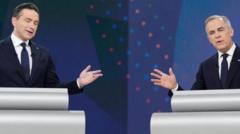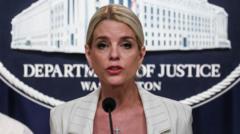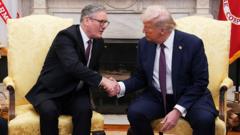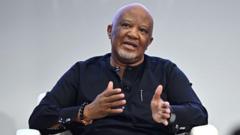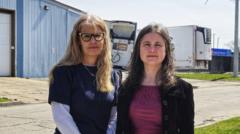As traffic congestion reaches unprecedented levels in New York City, the city has instituted the nation’s first vehicle congestion charge, marking a significant milestone in urban traffic management.
New York City Launches Historic Congestion Charge to Tackle Traffic Chaos
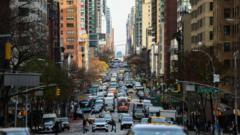
New York City Launches Historic Congestion Charge to Tackle Traffic Chaos
The congestion charge, the first of its kind in the U.S., aims to ease New York City’s traffic woes while funding public transportation.
Starting this month, New York City has launched its groundbreaking congestion charge program aimed at alleviating the infamous traffic issues plaguing its streets while generating funds for the public transport system. Motorists entering the designated congestion zone, which encompasses busy areas south of Central Park including iconic landmarks like the Empire State Building and Times Square, will face fees of up to $9 (£7) per day, with varying charges dependent on vehicle type and time of day.
The initiative, proposed by New York State Governor Kathy Hochul two years prior, was initially met with opposition from various stakeholders, including President-elect Donald Trump, who vehemently opposes the charges. After a pause due to concerns about potential adverse effects on commuters and local businesses, the program has been revived, albeit with some modifications to address these criticisms.
Under the new plan, average motorists will incur a $9 charge for entering the congestion zone during peak hours and pay a lesser fee ($2.25) during off-peak times. For commercial vehicles, fees are substantially higher, with small trucks and non-commuter buses facing charges of $14.40, while larger trucks and tourist buses will need to pay $21.60 during peak hours.
Despite significant pushback from various groups, including taxi driver associations and local politicians, the initiative aims to confront the city’s status as the world’s most congested urban area, a title it retained for the second consecutive year according to INRIX data. During peak morning times, vehicles traversing downtown Manhattan averaged a mere 11 mph (17 km/h), underscoring the necessity for transformative traffic policies.
As the city embarks on this ambitious endeavor, it faces challenges on multiple fronts, but advocates believe that the financial contributions and reduced congestion will lead to a healthier urban environment and improved transportation systems in the long run.

